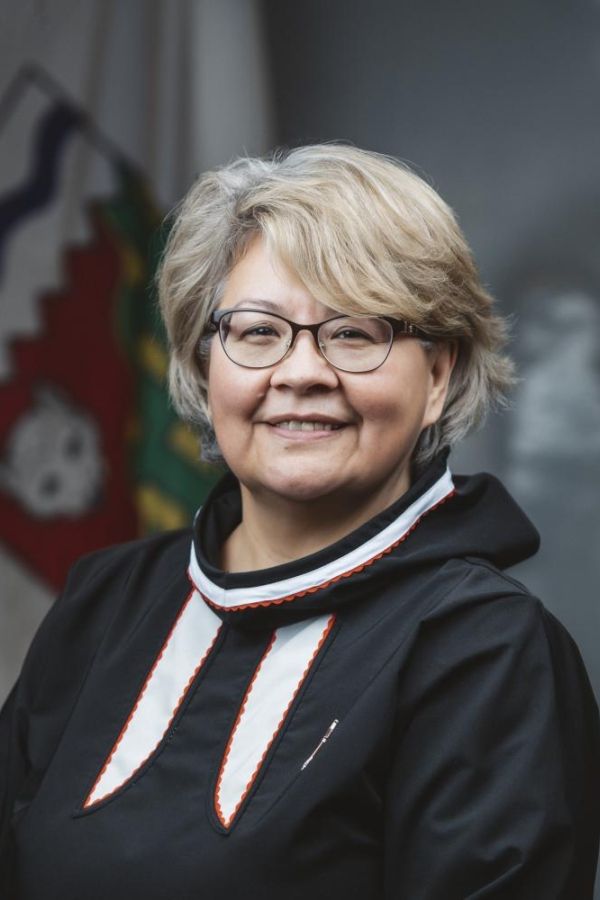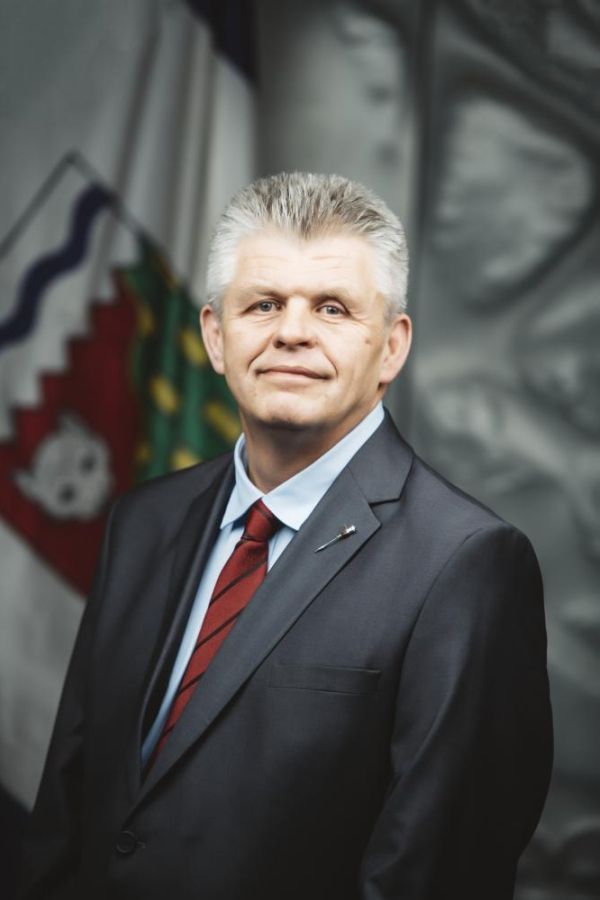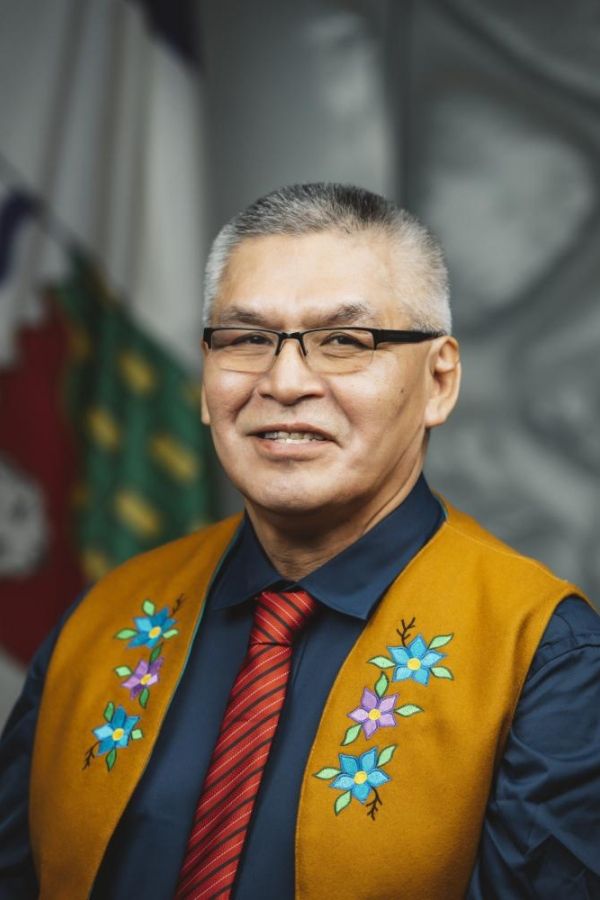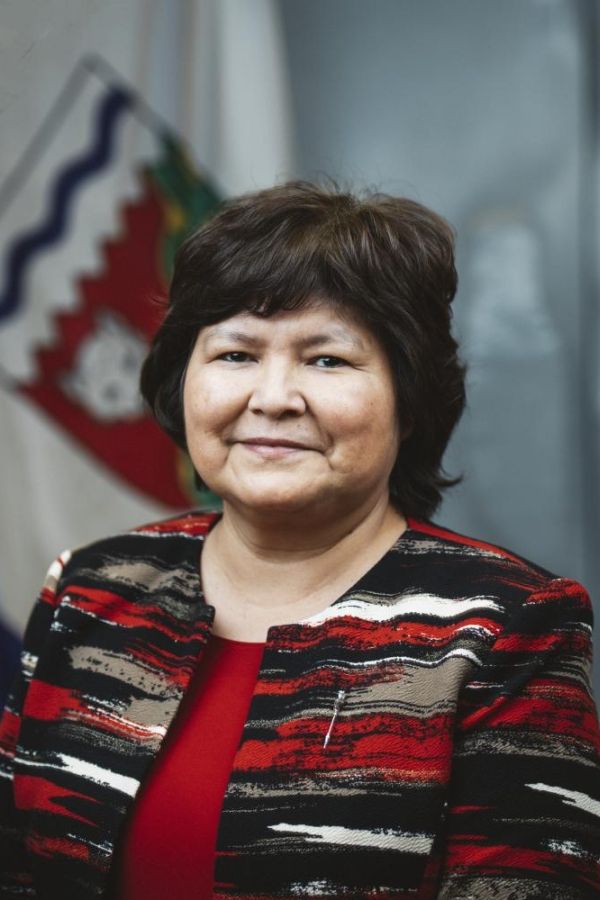Minister’s Statement 82-20(1): General Rate Application

Mr. Speaker, when the public utility board, or PUB, accepted the terms of sale from the Hay River utility franchise to the Northwest Territories Power Corporation, or NTPC, earlier this year, it set a deadline of October 30th for the filing of a general rate application, or GRA, by all Northwest Territories' utility companies. On Wednesday afternoon, NTPC filed a GRA, and so over the next several months, the PUB will review the application to ultimately determine whether the costs that NTPC has presented are reasonable and reflect the true cost to deliver electricity.
The GRA process is managed by the PUB. It is designed to be inclusive and has opportunities for Indigenous and community governments and members of the public to participate in several different ways, both formally and informally. The PUB will provide information about how to participate as the process advances.
Regulated utilities have limited flexibility in how rates are set. Rates are set by the PUB to ensure that rates align with policy direction and, in general, follow the principle of cost causation, meaning that whoever is benefiting from electricity generation and infrastructure pays for the cost of that generation and the cost of the associated transmission and distribution infrastructure.
The structure of the electricity systems across the Northwest Territories is very challenging. The Northwest Territories electrical system is primarily an isolated non-integrated system, meaning it is not connected to the North American grid. Since we are not connected to the continental grid, unlike other jurisdictions that can share electricity, in the NWT we are on our own.
NTPC operates two separate hydroelectric grids that are also not connected. Since the two hydro systems are not connected, they cannot back each other up and, consequently, the hydro systems rely on diesel generation for backup.
Diesel generation on the hydro systems is typically only required under two conditions. The first is when there is low water on the Snare system, and the second is when the hydro unit is down for maintenance. Both of those conditions are occurring today, and this has a material impact on costs and greenhouse gas emissions.
NTPC also operates 21 separate community grids primarily powered by diesel generators. However, over the last few years, NTPC has reduced diesel generating by increasing natural gas generation in Inuvik and increased use of renewables from utility-owned infrastructure but also power purchase agreements with Indigenous governments.
As more renewables are added to the system, the NTPC needs to be cautious about the impact on rates and system stability. When renewables are added to a community that already has sufficient generation and is experiencing little or no growth, there can be upward pressure on rates. Those additional assets must be maintained, adding additional costs to the system. Finding the balance between a sustainable, reliable, and affordable energy system is a challenge; it is a challenge we are embracing.
As we all know, the Northwest Territories is experiencing little to no major growth in industrial sectors such as mineral resource production, and this has impacts on NTPC.
While other jurisdictions across North America that are connected to the continental grid are worried about their ability to keep pace with growing demand, over the last decade in the Northwest Territories, electricity sales have declined or remained flat just about every year. Without increased sales from industrial activity, there will be pressure on rates to keep up with general inflation. Recognizing all these challenges, the Government of the Northwest Territories has made significant investments in the electricity sector over the last two years to help keep rates low.
In my May 2024 Budget Address, I announced that the GNWT would make a $30 million contribution to help offset the impact of increased generation costs in the North Slave due to extreme low water on the Snare system, which came on top of a $15.2 million contribution by the previous government in 2023. The contributions acknowledge that low water was a matter beyond the control of the Northwest Territories Power Corporation, and the resulting dependence on diesel could have had an unacceptable impact on electricity rates. The price of diesel has increased by approximately 40 percent since electricity rates were last set, and this increase has impacted every community as diesel provides either primary or backup power. This government has also made an additional $38 million contribution to the Inuvik wind project to reflect the higher-than-expected cost of the project and to ensure that those costs do not lead to an increase on rates. Despite these investments, NTPC is still facing many of the same cost pressures as other Canadian utilities.
Many of these utilities have applied for rate increases because of similar inflationary cost pressures as to what we are seeing here in the Northwest Territories. The GRA is seeking a rate increase that is the same across all three rate zones:
the Snare
the Taltson, and
the Thermal Zone.
While this is not the normal approach, NTPC has laid out its rationale in the application. It will be up to the PUB to determine if the approach is reasonable. The NTPC's GRA seeks a rate increase equivalent to 17.7 percent over 2022-2023 rates. This is in addition to a 7.1 interim rate increase that was already approved by the PUB in July 2024 resulting in an overall increase of 24.8 percent. NTPC is forecasting the rate increases will be phased in over the next year, but the timing and final rate increase will ultimately be determined by the PUB after the public rate review process is concluded.
There are four primary categories, again, driving the need for rate increases:
Extraordinary events, such as extreme low water in the Snare River system;
Fuel prices;
Capital projects, such as the Taltson overhaul; and,
Normal operations, which includes inflationary pressures while sales remain flat.
NTPC is working very hard to keep rates as low as possible while providing reliable service and investing in new and refurbished assets such as hydro units, local power plants, transmission lines, and power poles. Many of its assets are beyond their serviceable life and require investment now and in the coming years to avoid risks associated with catastrophic failure. While progress has been made in upgrading the required electricity infrastructure, there is still work to be done and costs to be incurred.
Mr. Speaker, the GNWT will continue to help offset higher residential electricity rates across the Northwest Territories through the territorial power support program. This program ensures that all NWT households can, with modest energy saving efforts, pay the same power rate as Yellowknife. The GNWT subsidizes the difference between local rates and Yellowknife rates up to 1000 kilowatt hours in the winter and up to 600 kilowatt hours the rest of the year. This program represents a cost to the GNWT of several million dollars annually.
NTPC will continue to work with the GNWT and the private sector to increase its industrial customer base and as well as identify operating efficiencies and cost-saving opportunities within the corporation to help stabilize the cost of electricity moving forward while ensuring our grid remains reliable. Thank you, Mr. Speaker.
Thank you, Minister responsible for NWT Power Corp. Ministers' statements. Minister for Municipal and Community Affairs.


















